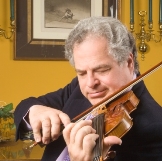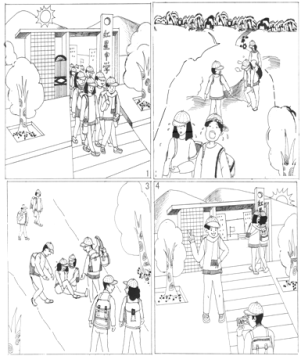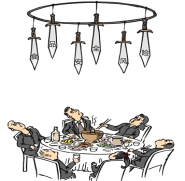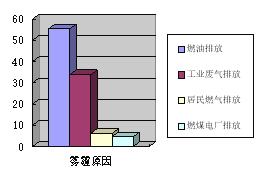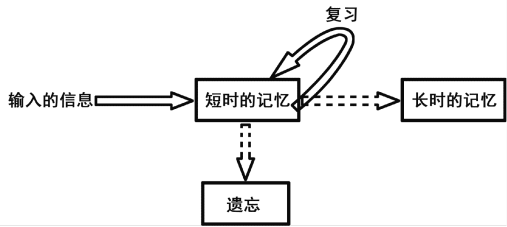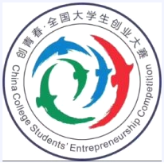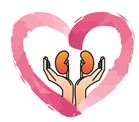题目内容
【题目】欣赏下面这幅漫画,描述漫画的内容,并揭示其寓意。
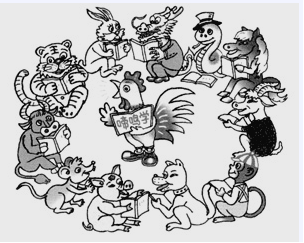
答:________________________________________________________________________
________________________________________________________________________
【答案】十二生肖中的鸡手拿一本《啼鸣学》站在那里讲解,其他生肖则围着鸡兴致勃勃地对着书听讲解。 讽刺社会上那种打着传播知识(或“科学”)的旗号招摇撞骗以及民众盲目跟风的现象。(或:讽刺社会上那种不看对象、不顾实际盲目施教以及民众盲目跟风的现象)
【解析】描述漫画的内容时,一定要观察十二生肖的表情和鸡手中书的书名,由此联想与此相似的一些社会现象,写出寓意。

 阅读快车系列答案
阅读快车系列答案【题目】(十七)
入冬以来全国许多地区多日被雾霾覆盖。请根据下面表格里的提示写一篇120词左右的文章,文章应包括以下内容:雾霾天气产生的原因;雾霾天气造成的影响;你的看法和建议(至少两点)。开头已给出,不进入总词数。
参考词汇:雾霾 fog and haze;排放 exhaust;电厂power station
雾霾天气产生的原因 | 雾霾天气造成的影响 | 你的看法 |
| 出行方式; 身体健康; 国家形象; | 1……. 2……. |
Many areas ic China have been covered by fog and haze for days in a row since winter, which causes great trouble to people’s life.
_________________________________________________________________________
_________________________________________________________________________
_________________________________________________________________________
_________________________________________________________________________
_________________________________________________________________________
_________________________________________________________________________
